I first heard of Mariama Dryak when I responded to a call from US APECS for early career researchers to write a piece for their new blog focused on science communication. We were to write a post that related to an individual researchers’ science communication experiences (e.g. science communication experiences, outcomes, advice for science communicators, what worked/didn’t work) to other young scientists, and include details on what we think makes communication experiences effective, exciting and inclusive. You can check out the piece I wrote here on “Practicing your way to effective science communication“. This started my email-based connection with Mariama.
When I traveled to the Polar2018 conference in Switzerland June 2018, I was fortunate to meet Mariama in person! We had a lovely chat and brainstorming session and I immediately asked if she would do an interview. Her story is so inspiring, I wanted to share it with you all.
Enjoy!
What is your earliest memory of being hooked by science?
I’ve always been a curious person, and would incessantly ask my parents questions as a child, but ‘science’ for one reason or another invariably seemed to intimidate me, and was not a language I understood naturally. So for my youth, I shied away from the concept of science, and instead pursued things that came naturally to me: reading, writing and history. However, in my final year of high school I took a class entitled ‘Wisconsin History’, taught by Mr. Isaac Walters, in which we learned about everything from the more recent settlement of Wisconsin to the much longer term glacial history of our landscape–and I was hooked.
That concept, the concept that these MASSIVE bodies of ice could carve the magnificent landscape that we see today, made me fall deeply in love with and become fascinated by glaciers.
Through many other experiences I grew to appreciate studying them in a wide variety of ways, but I would now call myself a physical scientist and an aspiring physical glaciologist.
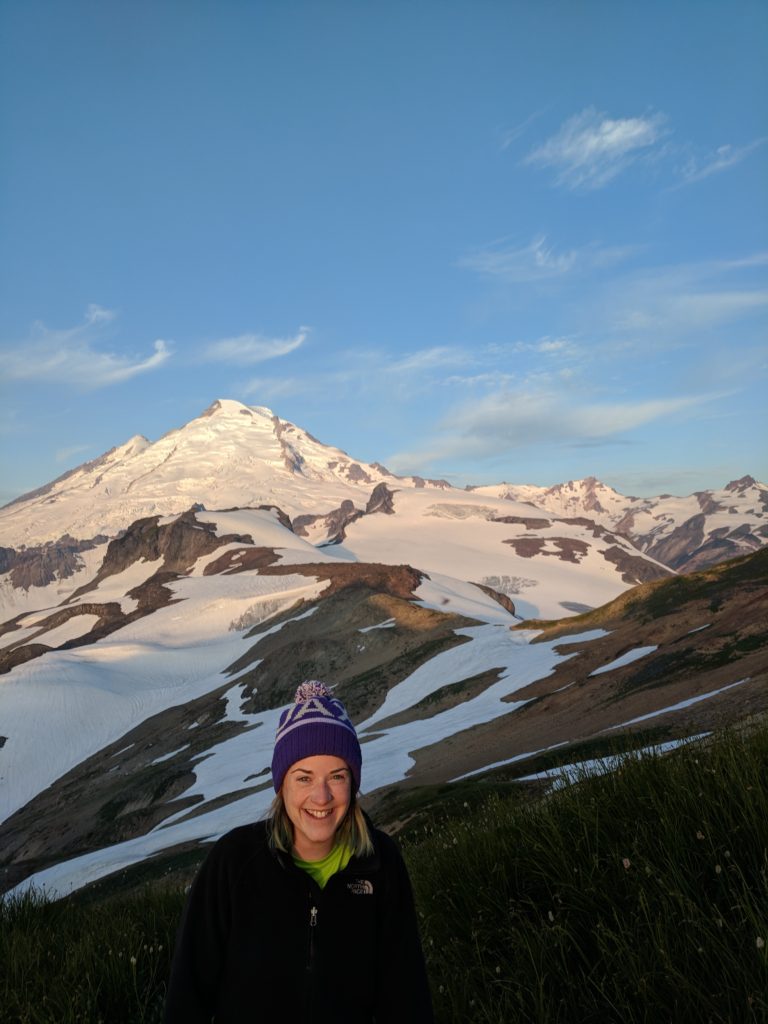
What did you study during your undergrad?
Physical geography and archaeology
Did you always know what you wanted to study before beginning?
Not really. I went to university thinking I was going to come out the other end an archaeologist, but became even more enamored with glaciers and their responses to climate change, as well as other landscape processes during an intro to physical geography course, and thus shifted my academic focus to studying physical geography as well.
The real aha [I know what I want to study] moment came to me during an internship with the National Park Service in 2015, where we were surveying the coast of northwest Alaska for cultural resources and assessing site vulnerability to potential loss from coastal erosion.
Although I loved the archaeological work I was doing, I kept getting hung up on the fact that erosion was wiping these sites out in the first place, due to increased erosion from higher storm intensity along the northwest Alaskan coasts, which has been suggested to be caused in part by anthropogenic climate change. I felt strongly that what really needed to happen was for humans to not cause these problems in the first place, and felt drawn to study the physical processes governing the landscape.
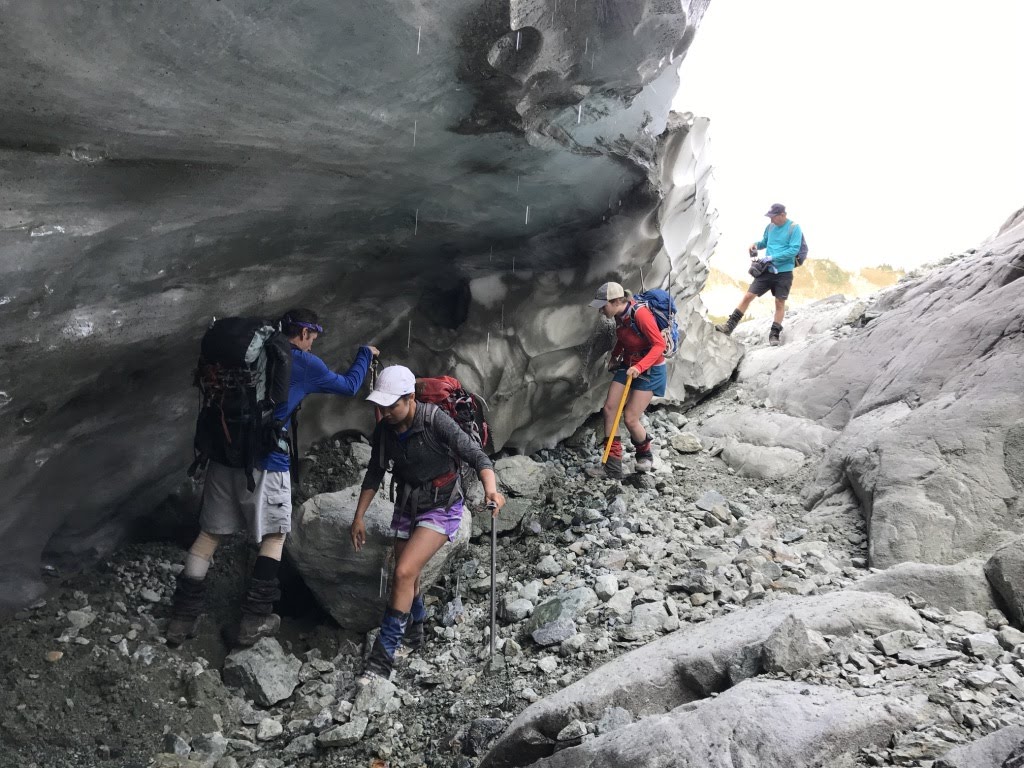
UMaine women field team in the North Cascades, where we were snow probing to see how thick the snow pack was on the glacier.
What inspired you to become a scientist?
There are so many things we still don’t know about this incredible planet and we are changing it with every passing second. I feel drawn to learn as much as I can about it before some of its resources (like the glaciers I am so very taken by) are gone. Science is an incredible study structure through which to do this, and encourages a valuable objectivity not found in very many other practices.
Has your work allowed you to travel (and if yes, where have you gone)?
Yes! Oh, I have been so fortunate. My undergraduate studies took me to some incredible places in Europe, where I was able to do hands-on learning in field locations in Portugal, the Isle of Skye (Scotland), the Lake District (England) and Iceland. I spent just under a month in southern Iceland for my undergraduate thesis, where I studied the retreat of Steinsholtsjokull, since the end of the Little Ice Age (~1850AD). My travels in graduate school have taken me to Norway, Switzerland, the North Cascades (WA) and the United Kingdom.
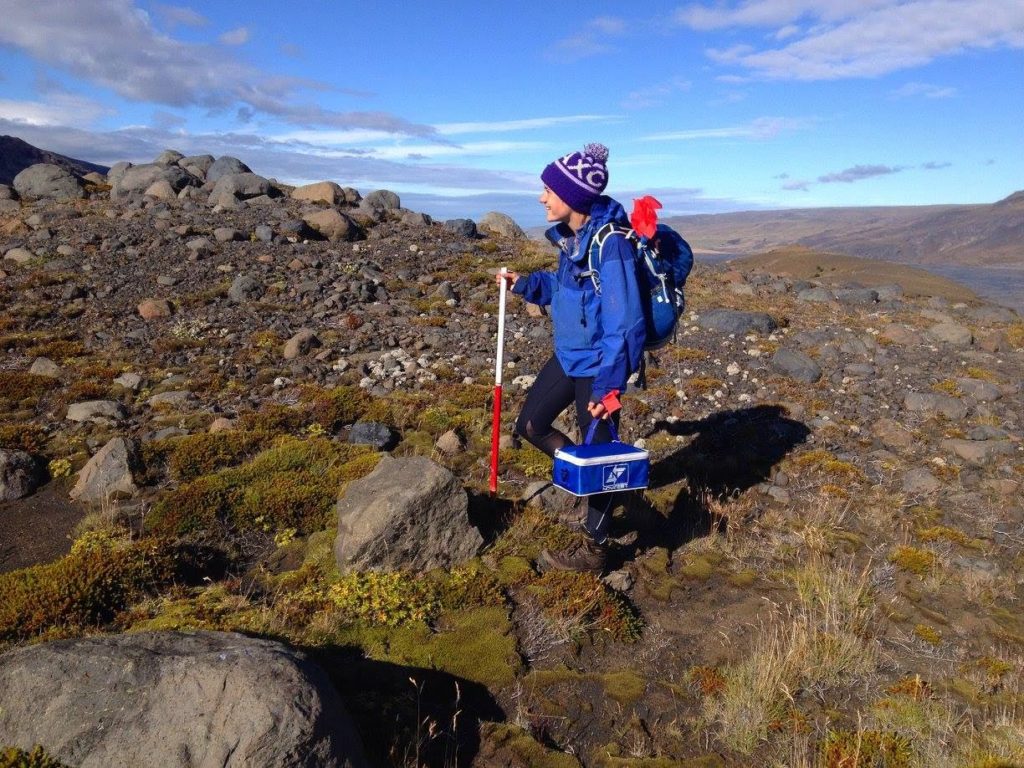
Mapping glacier extent using moraines (glacial landforms deposited at the ends of glaciers) in the foreland of Steinsholtsjӧkull, Iceland for my undergraduate dissertation.
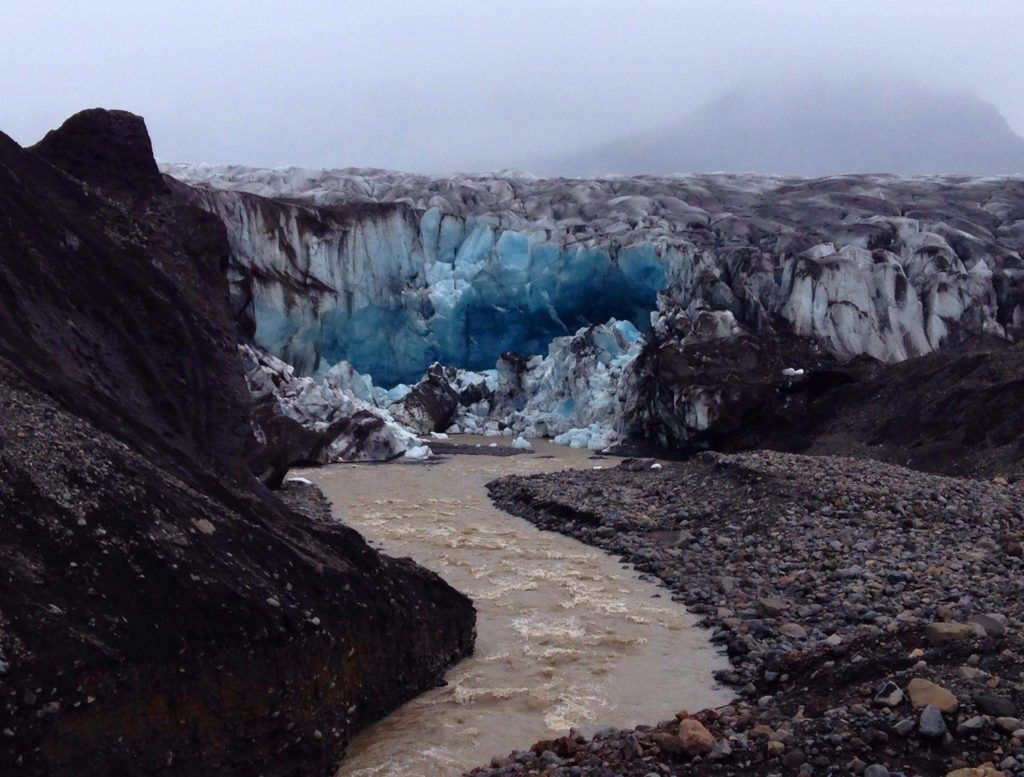
Iceland glacier
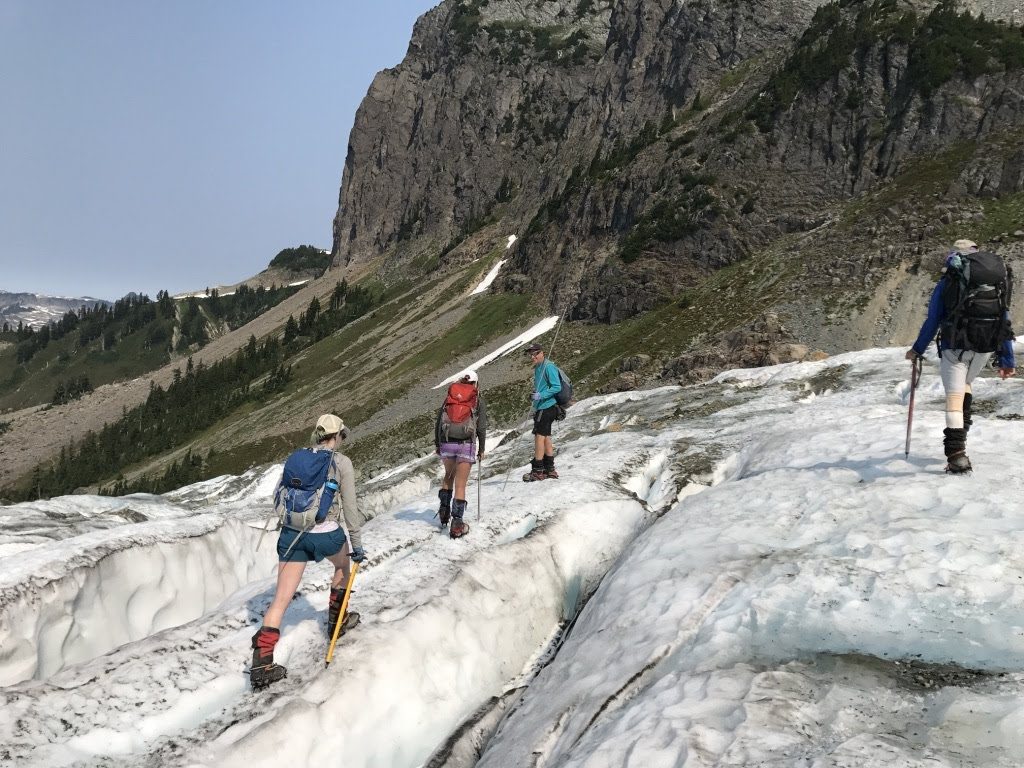
Lower Curtis Glacier, North Cascades
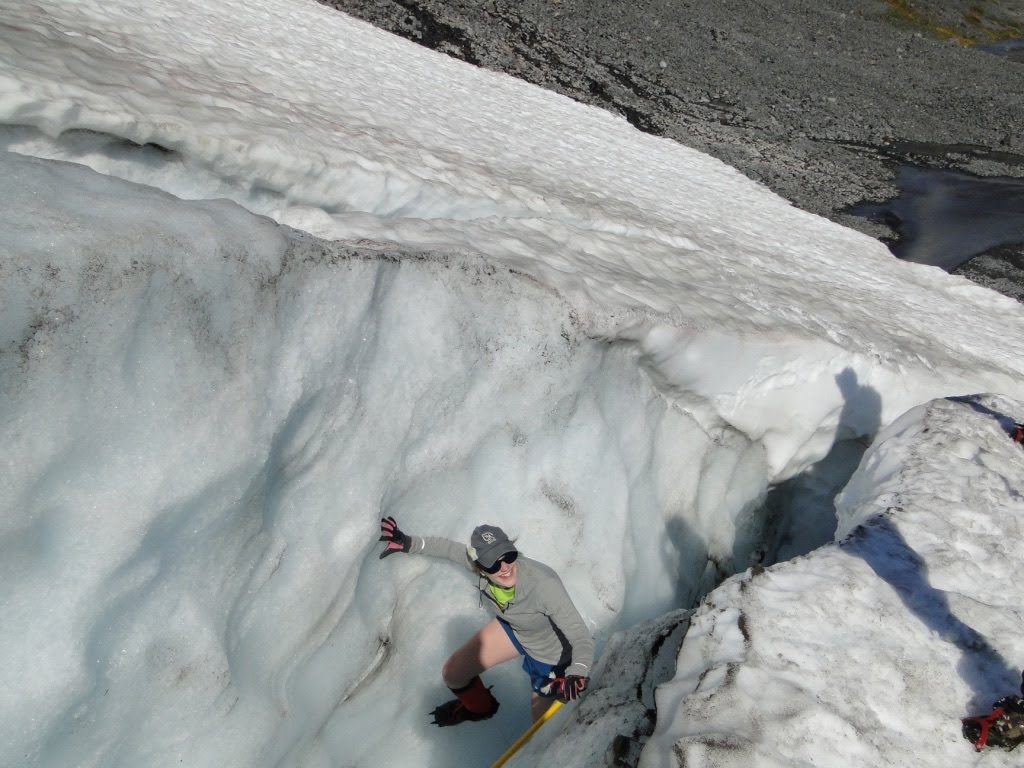
North Cascades Glacier Climate Project (this summer), where we measured the mass balance (overall ‘health’) of glaciers across the whole North Cascades.
What is your favorite thing/what keeps it fun for you when it gets hard?
Fueled by conducting valuable research, communicating that research to the public and making the earth sciences accessible to all (no matter the background).
Was there any one person that inspired you?
Not one. So many.
What do you envision for your future research or career?
At the moment I think I want to teach and advise in the earth sciences at a smaller university or college that allows me to interact with students to show them how amazing our natural world is, encourage them to think critically and interact with natural resources. I want to be an advocate for encouraging diversity of backgrounds, people and thought within the earth sciences, and to provide opportunities for involvement, education and travel for those who might not otherwise have access to them.
You are very involved in APECS and have your own Podcast! Tell us more!
Yes, in my spare time I edit a blog I launched called ‘Let’s Do Something BIG.’ where our writers discuss different topics related to environmental advocacy.
I am also currently the co-chair for the United States Association of Polar Early Career Scientists (USAPECS), which is an excellent resource for any early career scientists who work in polar regions. In general getting involved with, or even just signed up to the email-list of, APECS is a good way to learn about early career opportunities (funding, events, etc.) and to learn valuable leadership and science communication skills.
I am in the process of developing content for a podcast featuring conversations with inspiring, motivated women and underrepresented people in the earth, ocean and environmental sciences. Details and name for the podcast are to be announced (I know, not very helpful), but will be announced on ‘Let’s Do Something BIG.’ and my Twitter. You can find me at @ArcticChanges on Twitter!
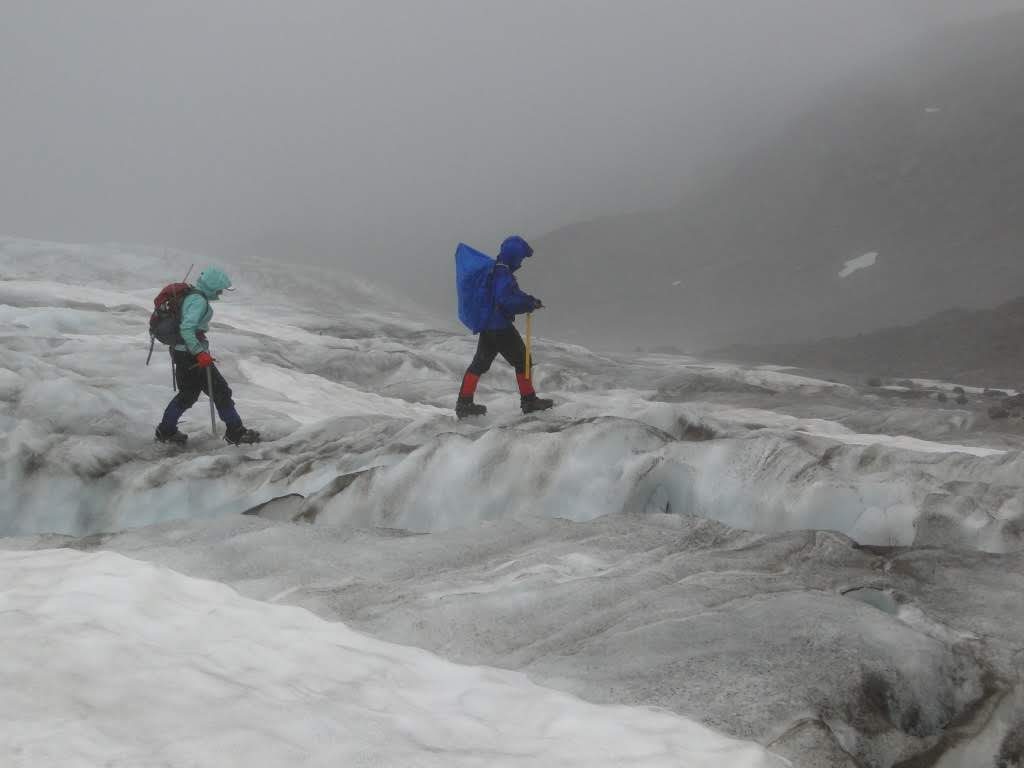
Huge thank you to Mariama for the interview! We wish you the best of luck in your future research.
Please feel free to share this inspirational interview with others! Thank you all for reading and following Woman Scientist.
Share this: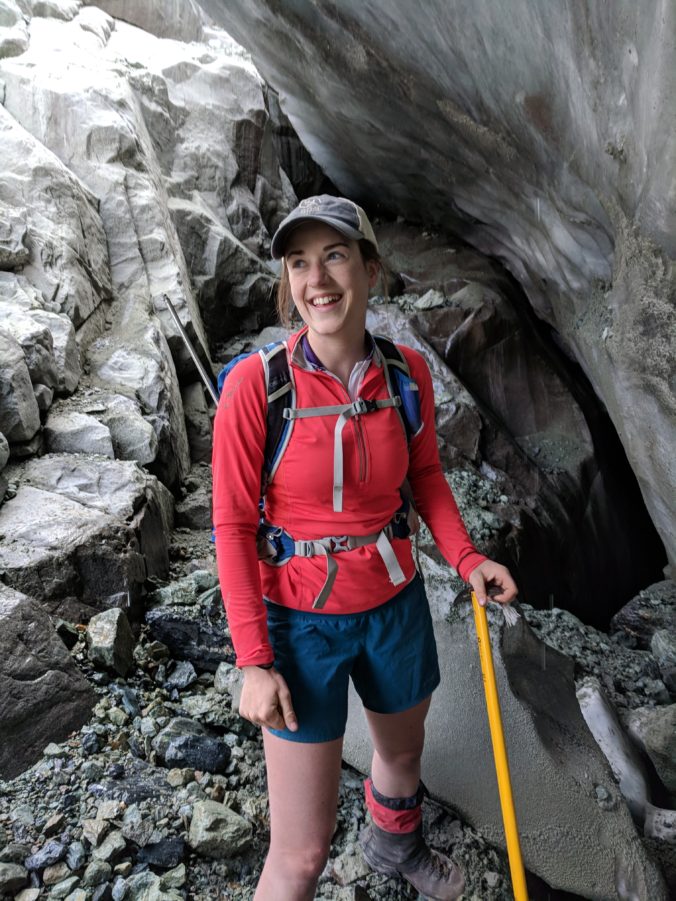






































Recent Comments